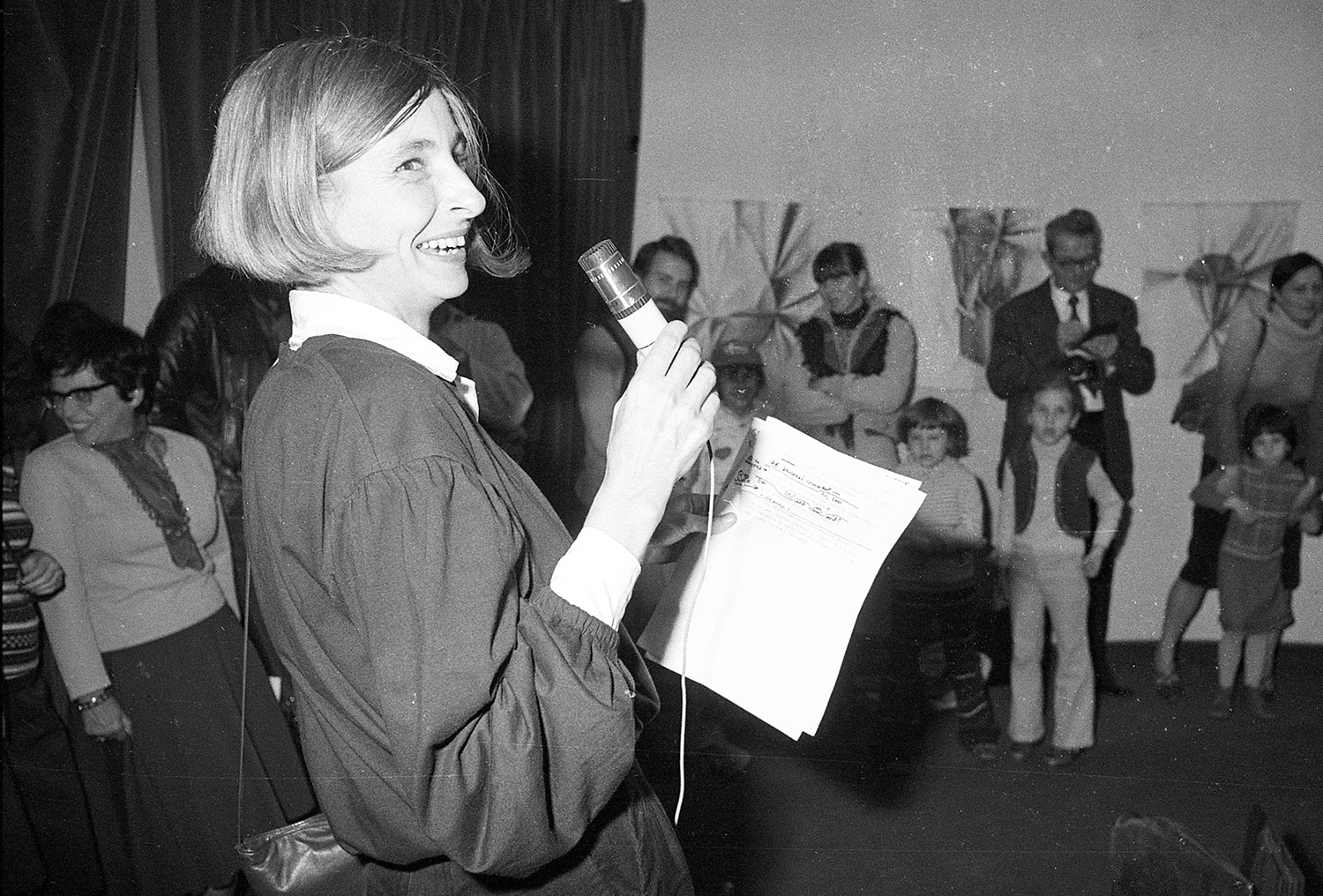
Anna Banana, Canadian Mail Art artist, performer and bananologist, was among the first with whom the founders of Artpool – György Galántai and Júlia Klaniczay – had a personal relationship in the liberating world of Dada, Mail Art and Fluxus in 1978. In that year, during their European tour, she and Bill Gaglione performed futurist pieces in Budapest. The following day, Anna Banana also opened György Galántai’s exhibition of book objects, an event which, through an interplay of chance events, led to the foundation of Artpool.
We bid farewell to a very old colleague and dear friend, who participated in many Artpool projects, and many of whose works and documents are preserved in the Artpool archives and collections.
- Júlia Klaniczay: 1978 – Anna Banana and the Birth of Artpool
- Anna Banana at Artpool – joint projects, collaborations
Júlia Klaniczay
1978 – Anna Banana and the Birth of Artpool
In spring 1978, György Galántai and I spent some time in Paris, where Gyuri had an exhibition opportunity and I was on a postgraduate university scholarship. Near the Pompidou Centre, on rue Quincampoix, we discovered VILE, Anna Banana’s magazine, along with several Fluxus and Mail Art publications, on the open shelves of the alternative art space “Vitrine pour l’art actuel” (Shop Window for Contemporary Art), which no longer exists.
That was our first ‘meeting’ with Anna Banana.
But, to our great surprise, it was also here – in Paris – that we first read László Beke’s advertising text for his “World Famous World Archive” in an issue of VILE.
Our second ‘meeting’ with Anna Banana came soon after, during a trip to Amsterdam, at the “Other Books & So” bookshop, owned by Ulises Carrión, a thrilling discovery for us, where we found further issues and stamp sheets by Anna Banana.
At that time, Artpool had not been founded but was emerging in our minds, along with our desire to join the international alternative art network, for which we were collecting necessary information and were seeking personal connections.
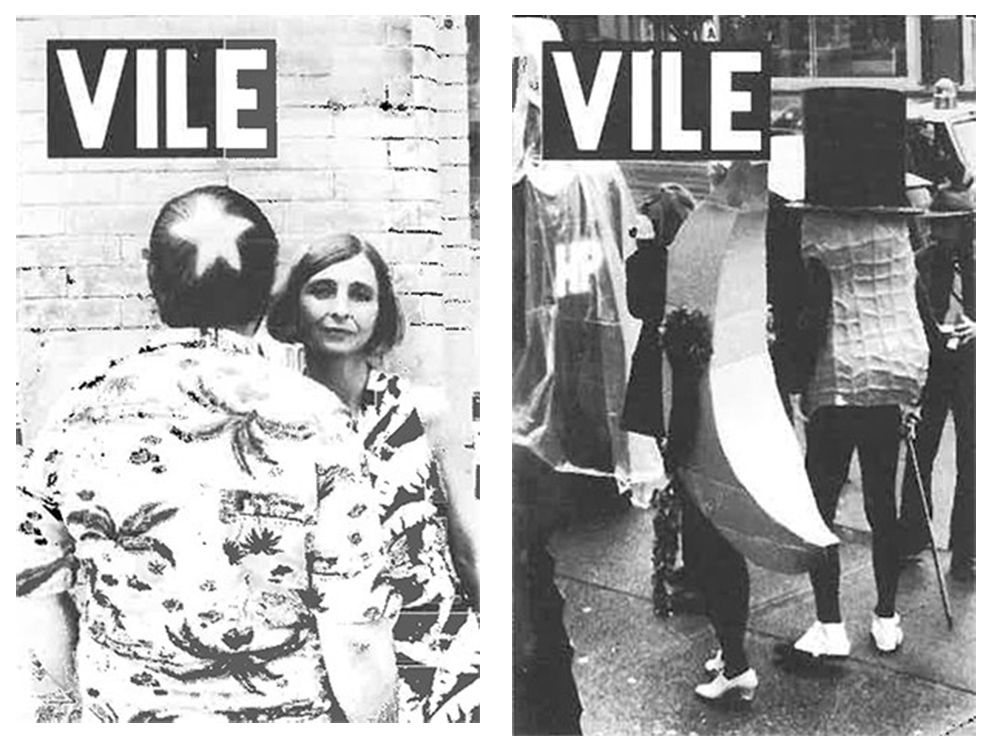
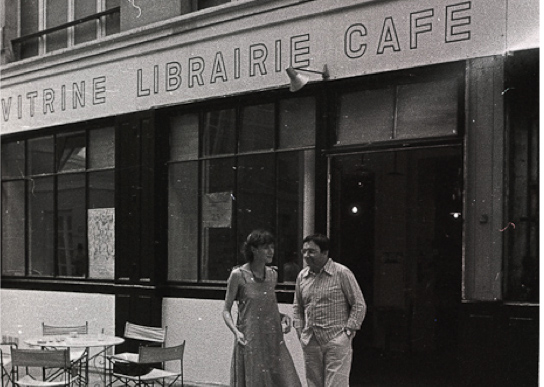
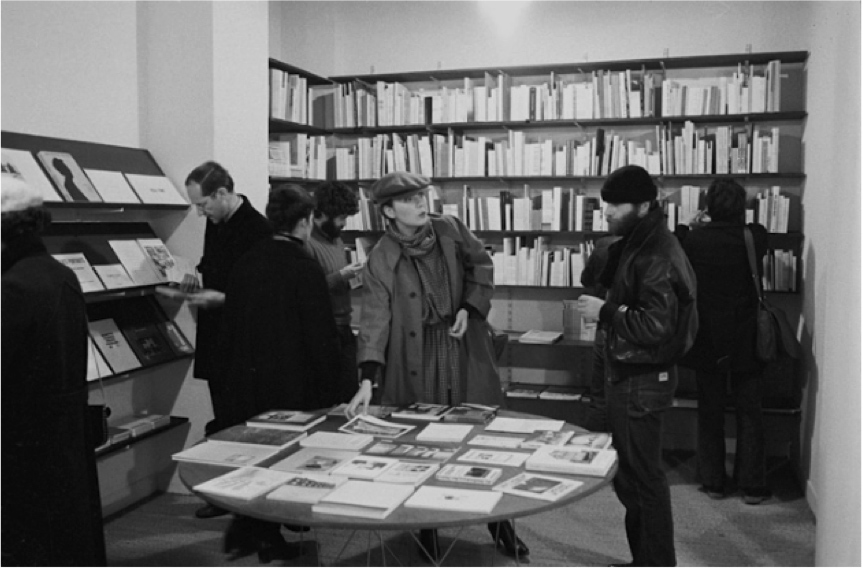
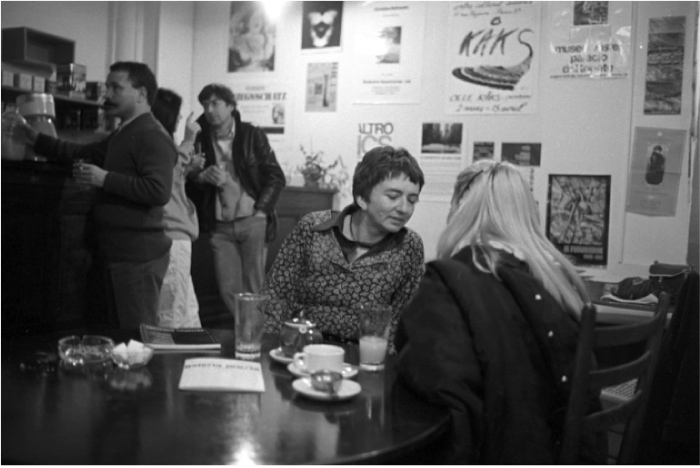
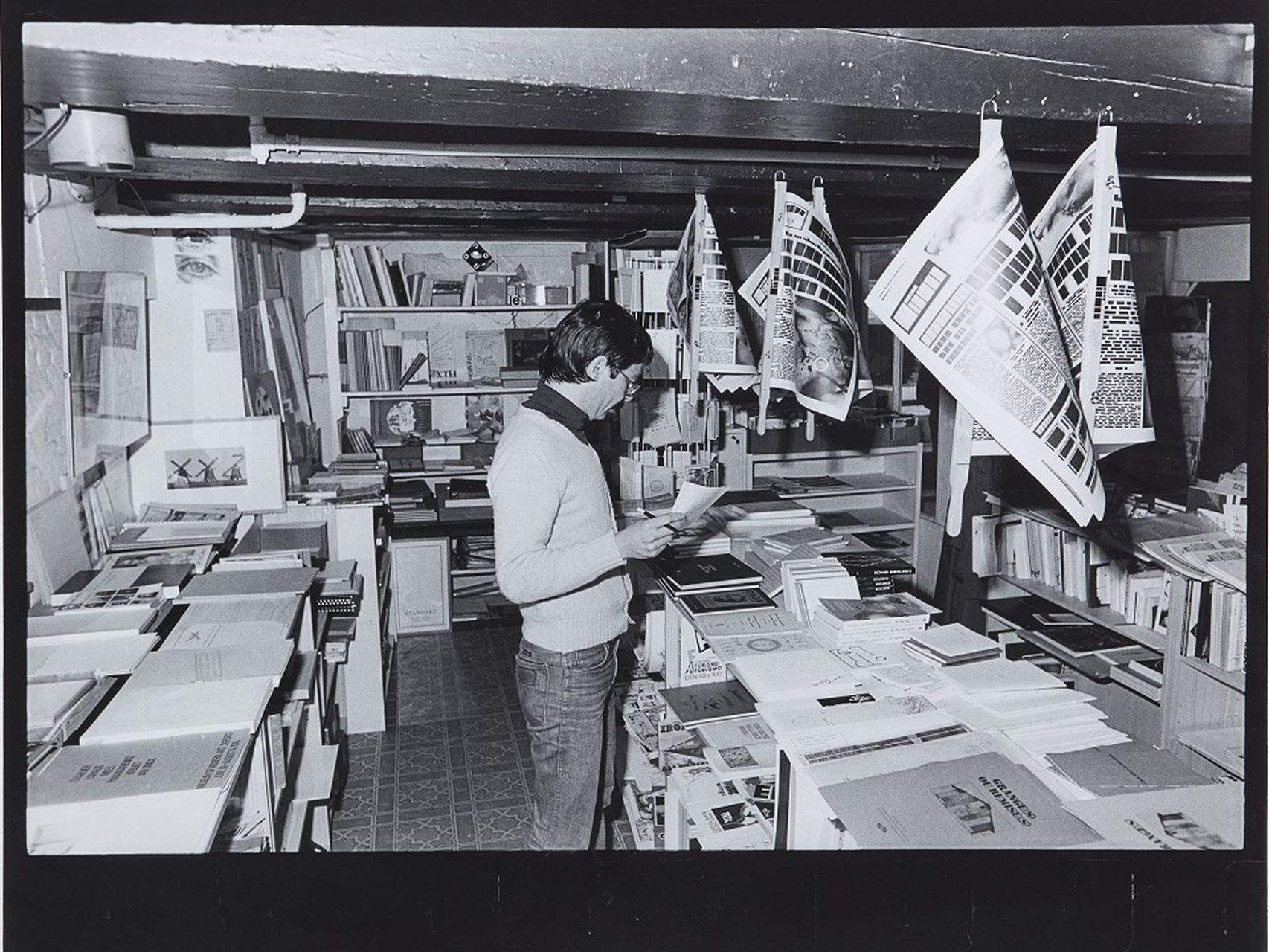
Through a twist of fate, in the same autumn, on 23 October 1978, we met Anna Banana in person in Budapest. We owe this encounter to László Beke, who organised Anna Banana and Bill Gaglione’s Budapest performance of their European Futurist Sound tour in the Young Artists' Club, and – considering it politically risky for himself – he entrusted most of the two-day engagement with the artists to us.
Anna Banana wrote about this in her journal about the Futurist Sound tour as follows:
“[László Beke] also said that we would have to show the films to the Cultural Review Board before we could show them at the Young Artists’ Club. Our paranoia grew with his tales of his own censorship and controls; […] He took us to Julia Klaniczay and György Galantai’s house, since Laszlo said he is too “tainted” in the eyes of the authorities and it would not be good for us to be associated with him. We have tea and treats at Juli and György Galántai's house before she accompanies us to the review board. Compared to our phantasies arising out of the stories László told, the review Board was a joke. A young woman in jeans who no doubt takes her job seriously ... but it was not the scene we imagined at all.
(The full account of Anna Banana and Bill Gaglione’s Budapest visit can be read here – published in About VILE in 1983. Reprinted - slightly edited - in: Anna Banana: Excerpts From a Mail Artist’s Diary)
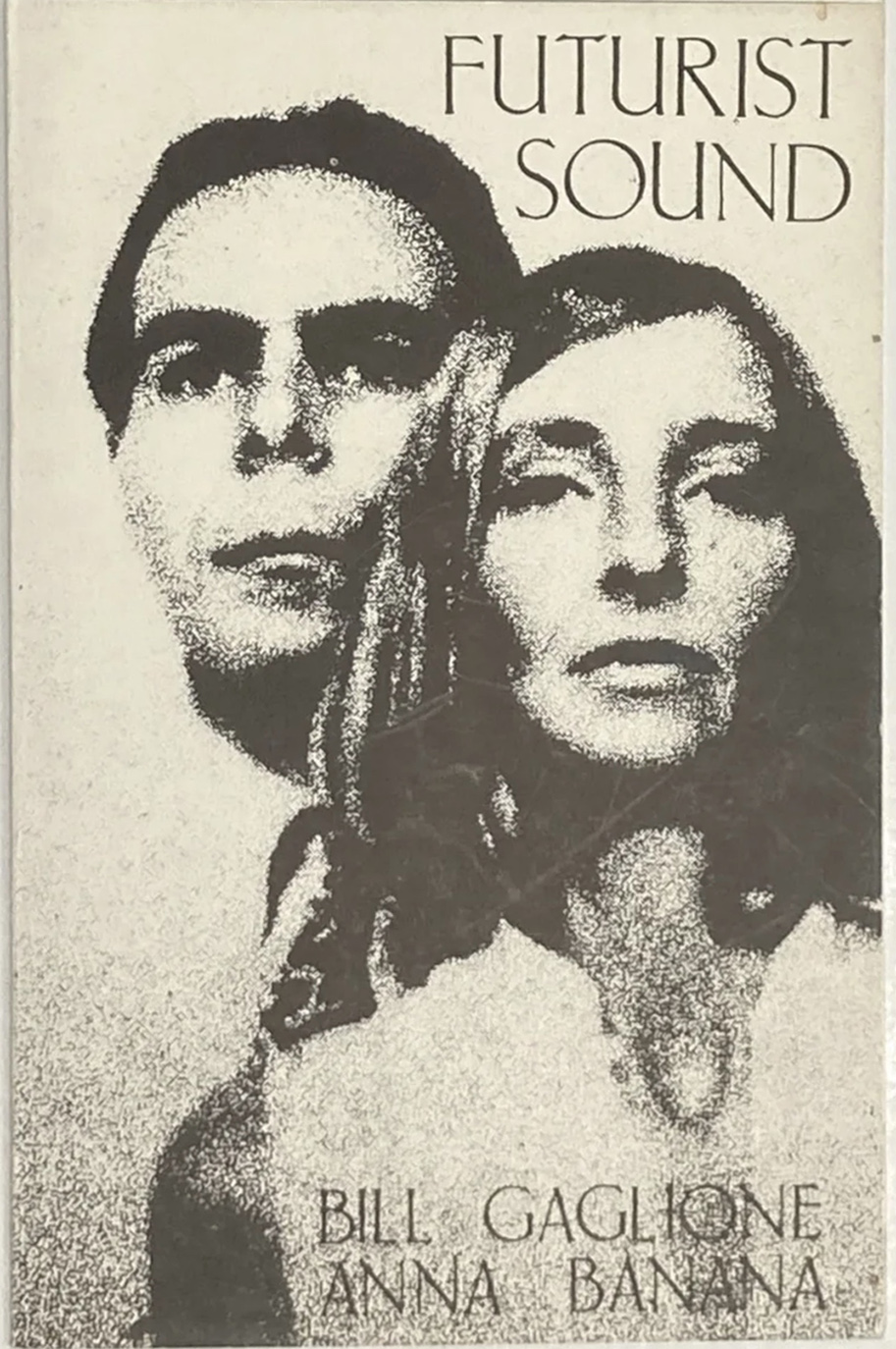
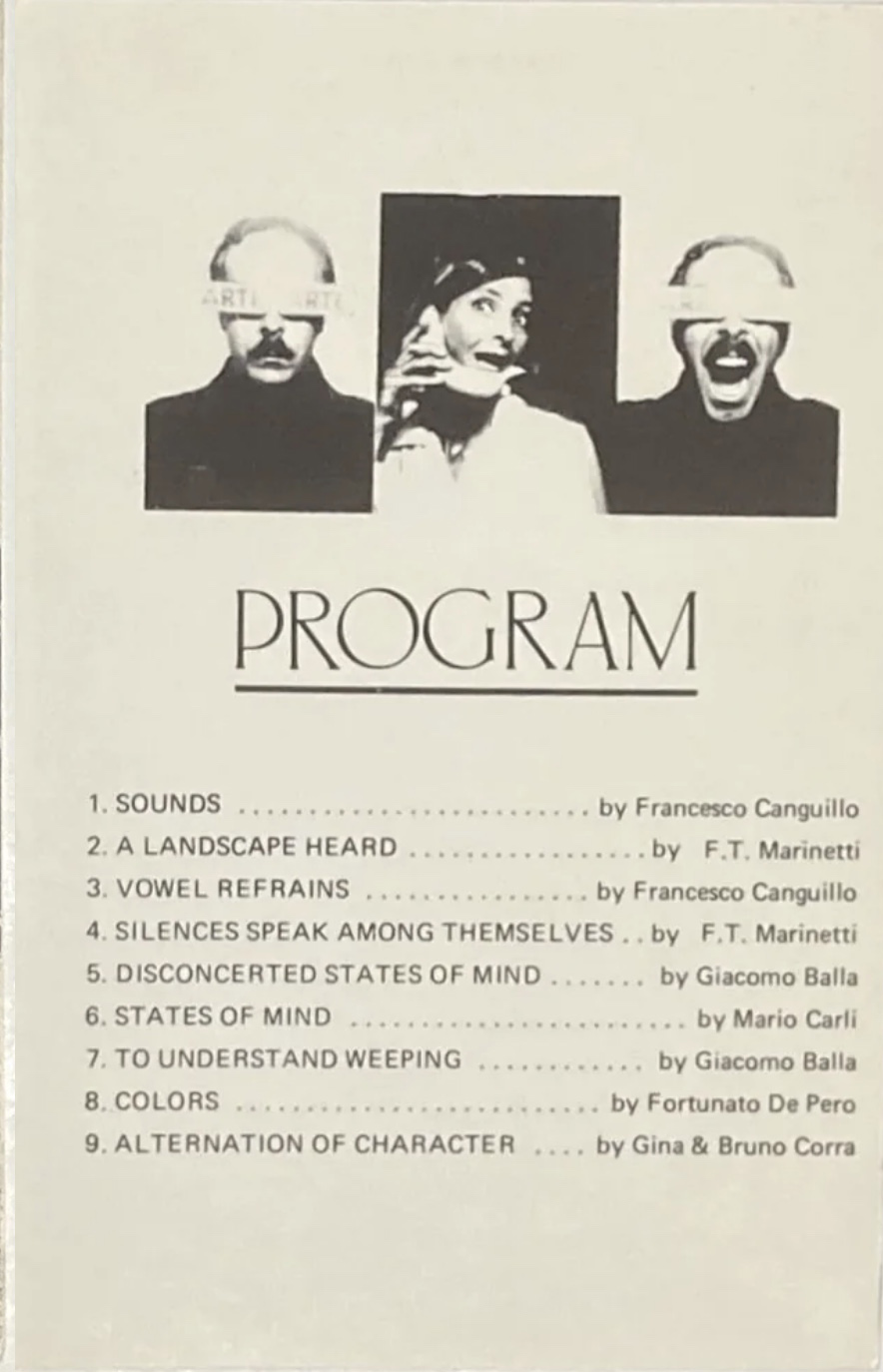
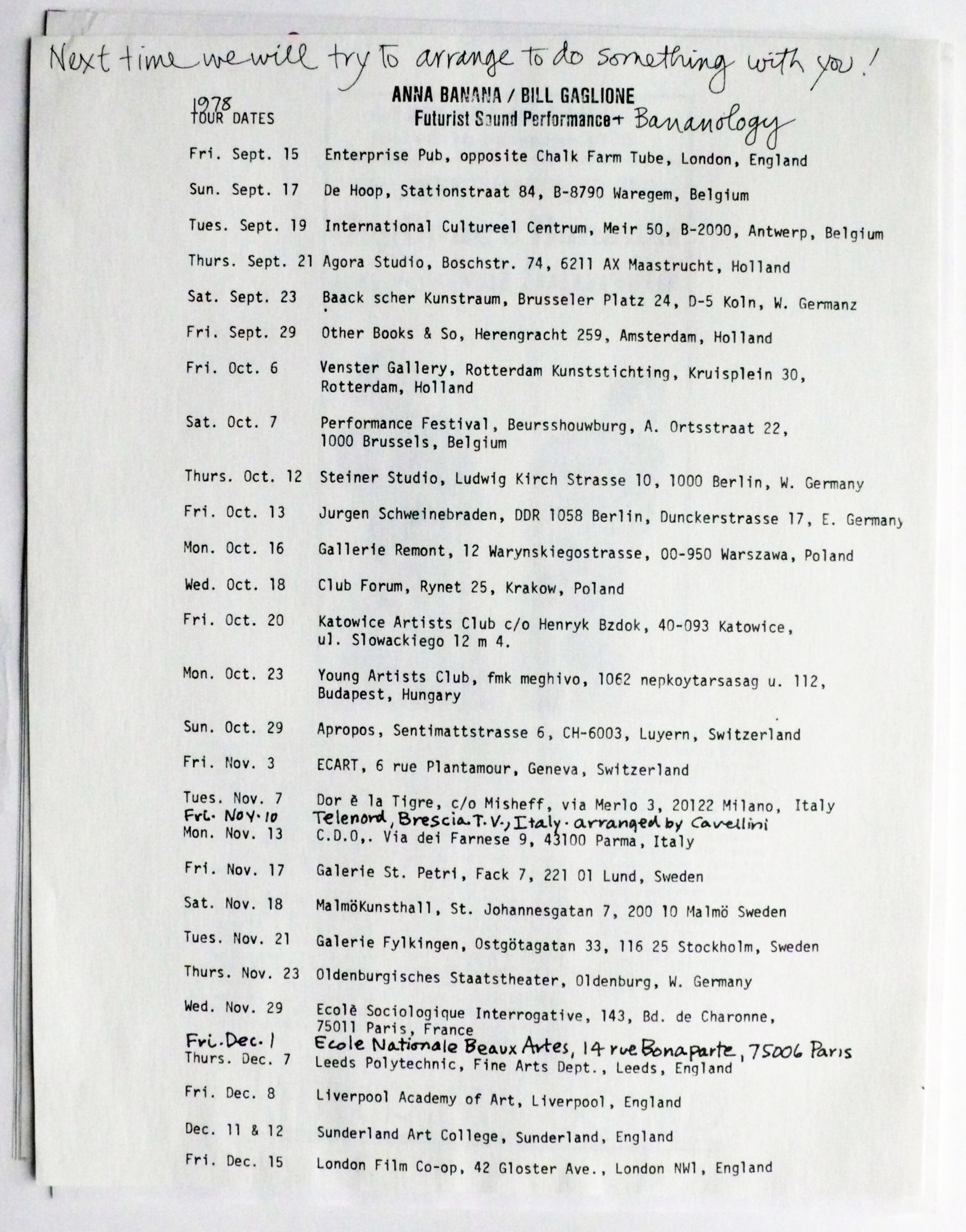
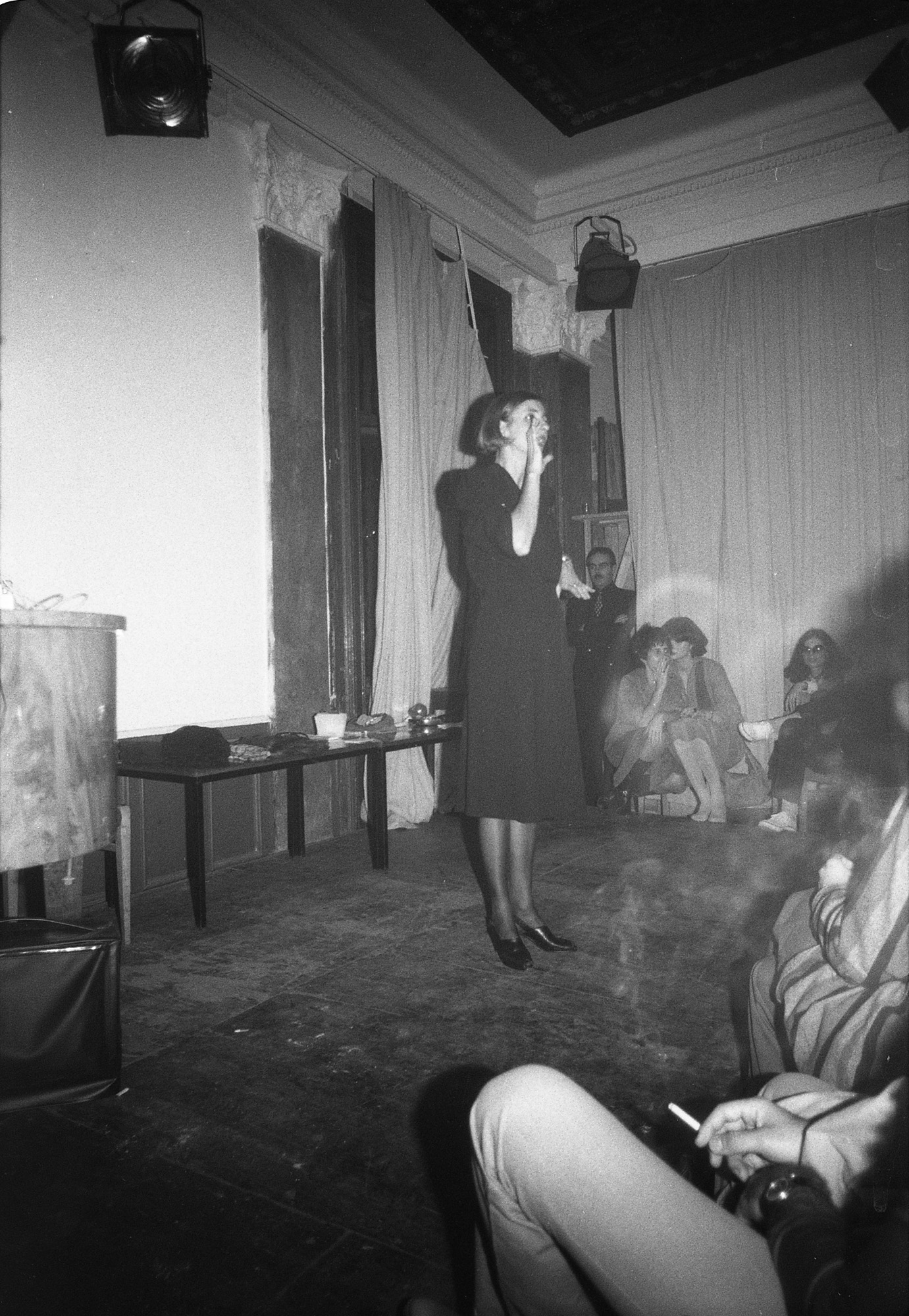
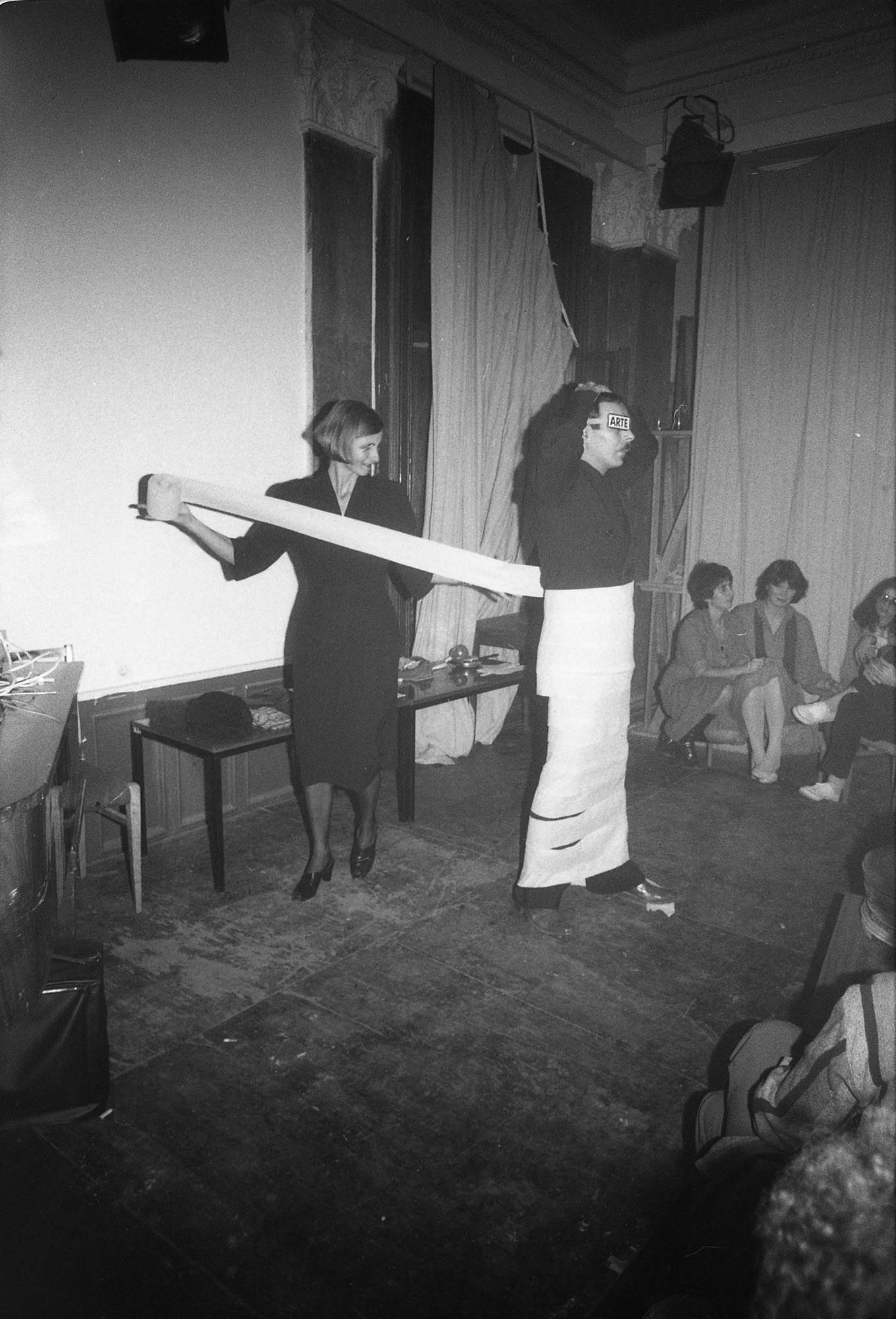
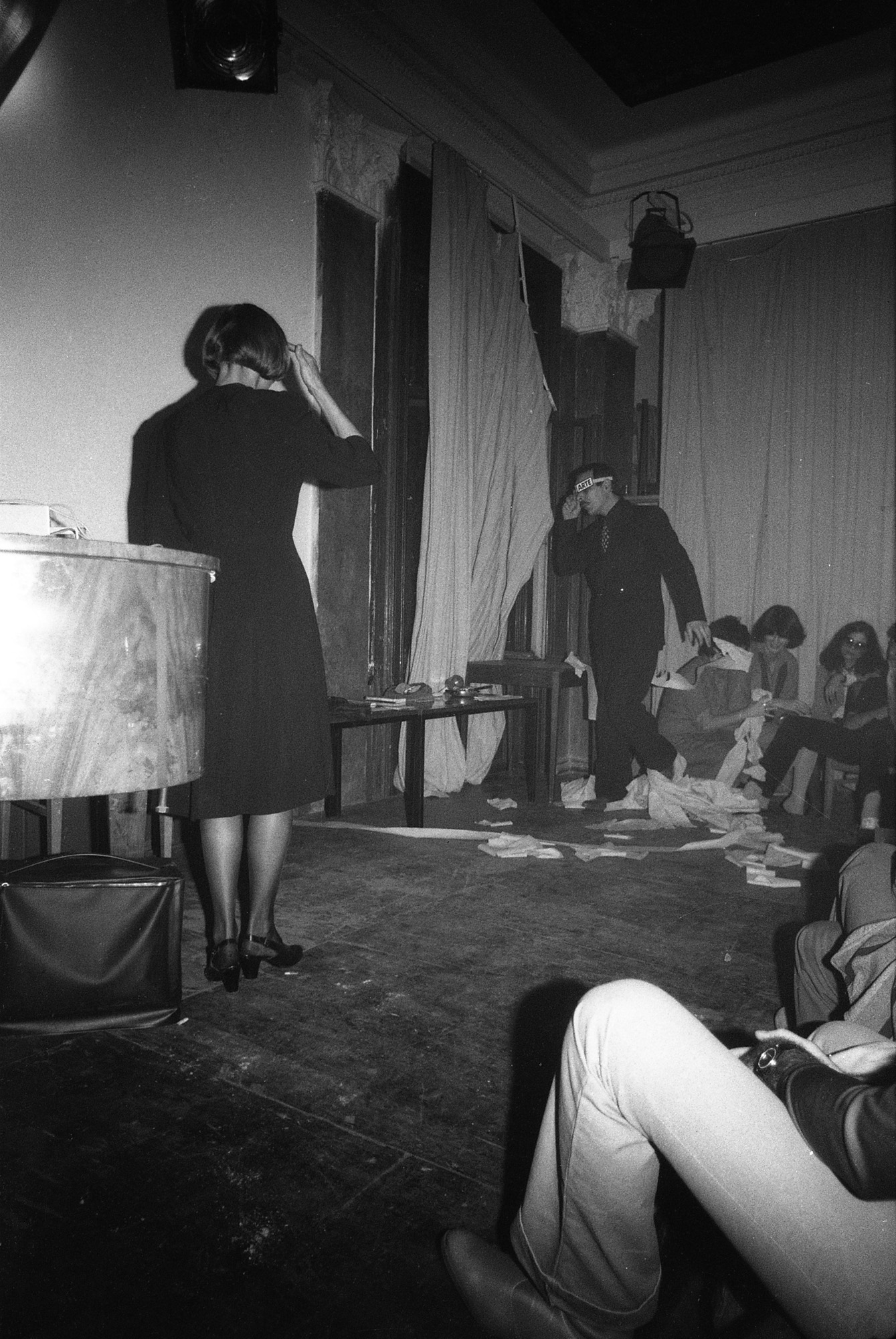
The next day, on 24 October, the exhibition of György Galántai’s refunctioned objets, i.e. artist’s book objects and their imprints, opened at the Fészek Art Club, to which, of course, we invited Anna Banana and Bill Gaglione.
The exhibition was opened by András Bán, but before the opening in the café of Fészek Club, he unexpectedly announced that he did not wish to read the full text himself. Then, Gyuri had a sudden idea to ask Anna Banana to participate in the opening by reading part of the Hungarian text, which thus was also transformed into an imprint, a refunctioning, and even a voice performance.
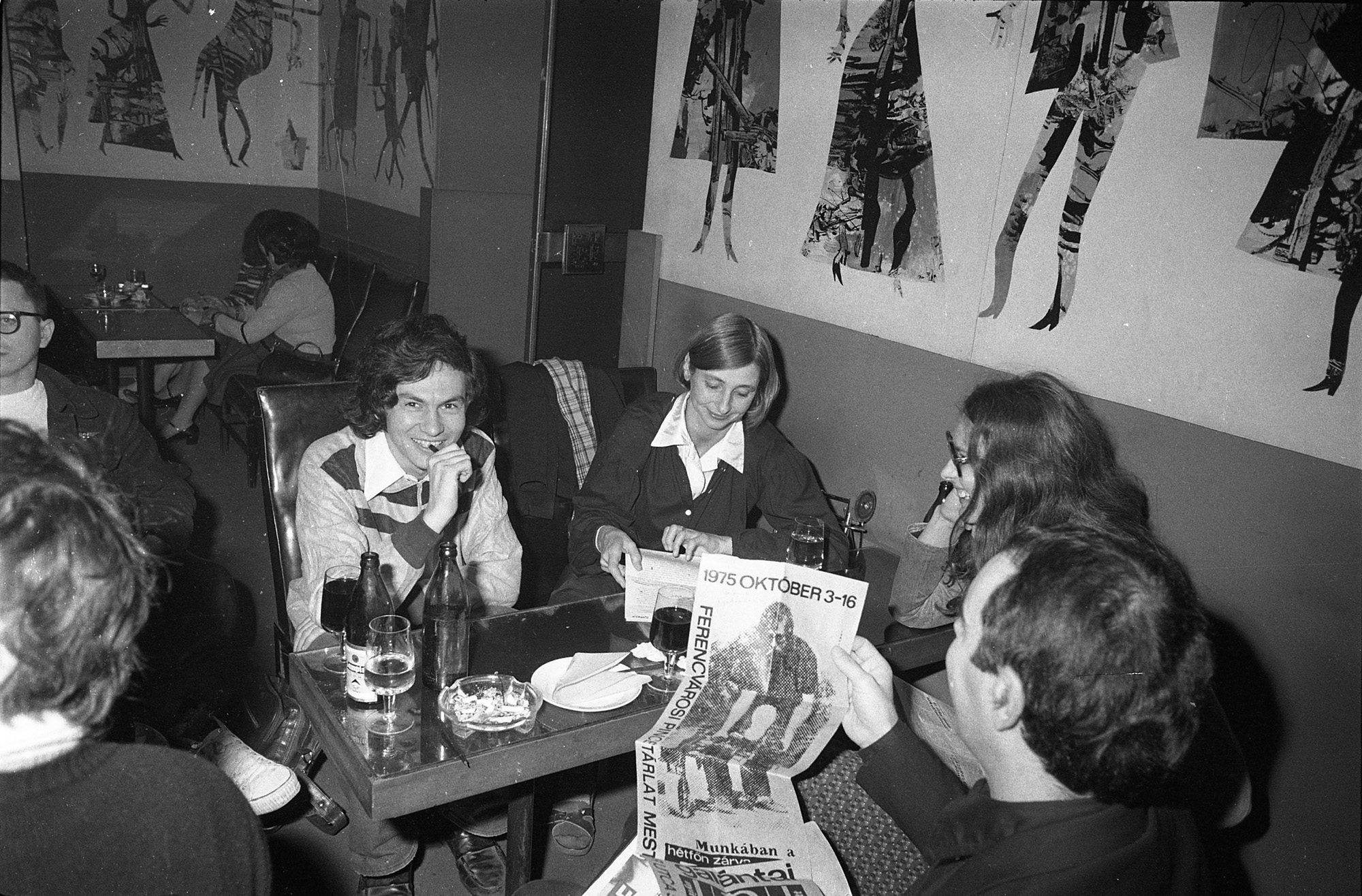
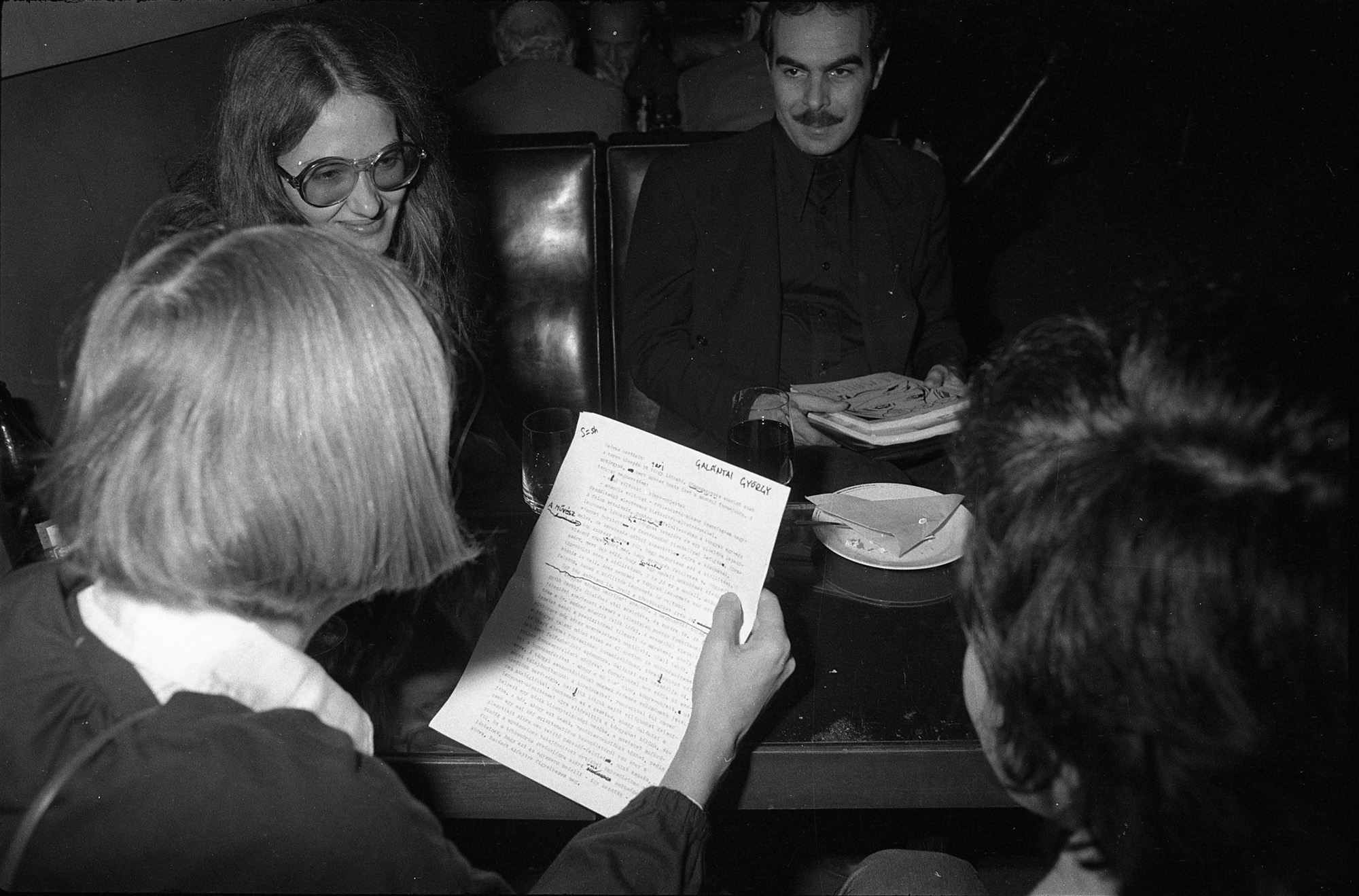
To our delight, Anna said yes, and we held a brief rehearsal in the Fészek café before she read the text at the exhibition.
The most fascinating thing was that, for the audience, Banana’s reading made the text sound like Old Hungarian script. We recorded it on tape and later included it in Artpool Radio’s first broadcast (text and audio available here)
A poster/leporello catalogue documenting the exhibition and opening was produced under the title E78 ANTECEDENTS / ELŐZMÉNY 1978 (hypothesising that we were still in a time frame before our story began, and anticipating that the important works and events – which we could not yet foresee – were to be made after this point in time). We considered this publication – sent to what was then our “global mailing list” – the beginning of information exchange, so we stamped it with a rubber stamp reading “Please send me information about your activity” alongside a personal greeting.
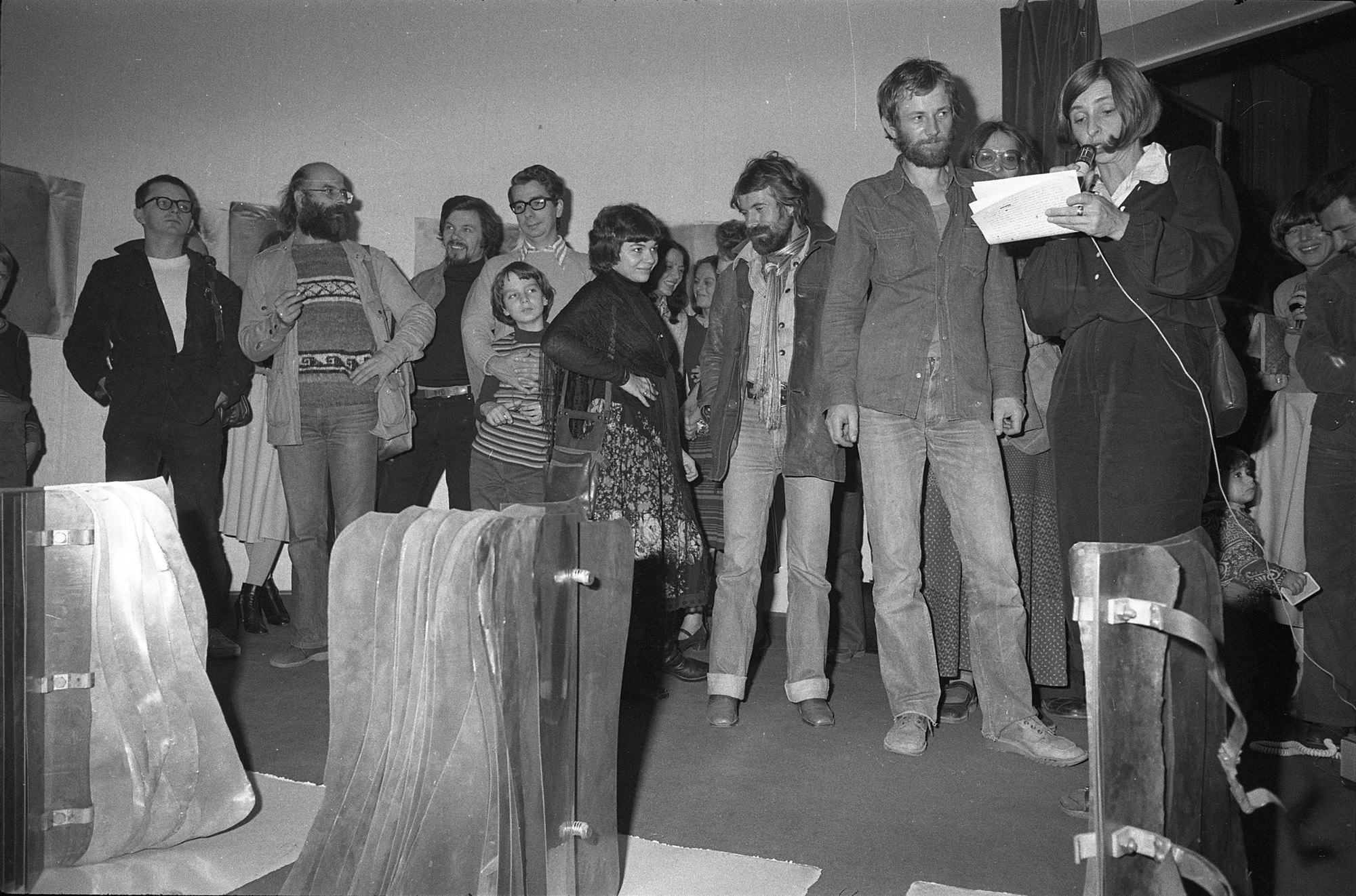
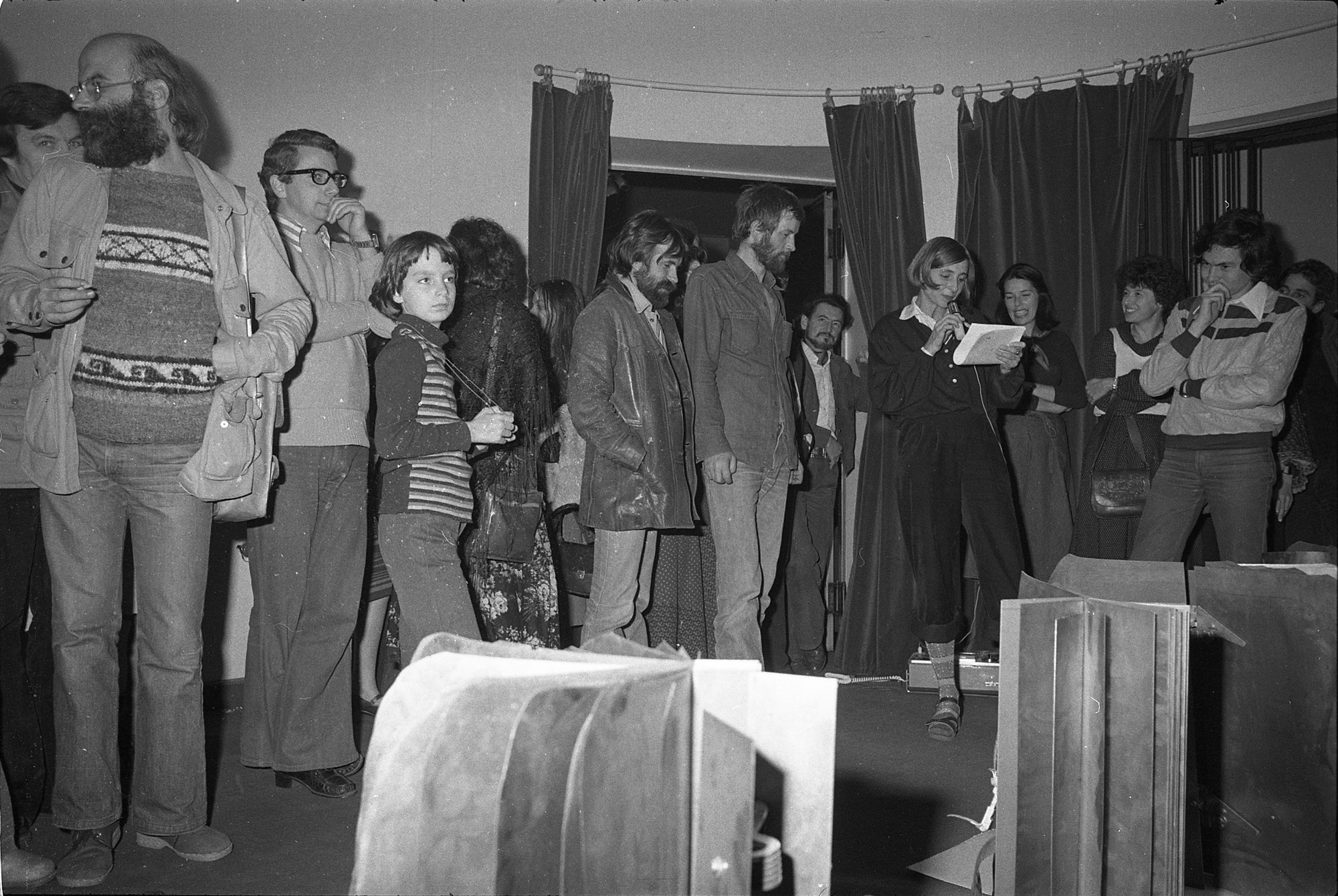
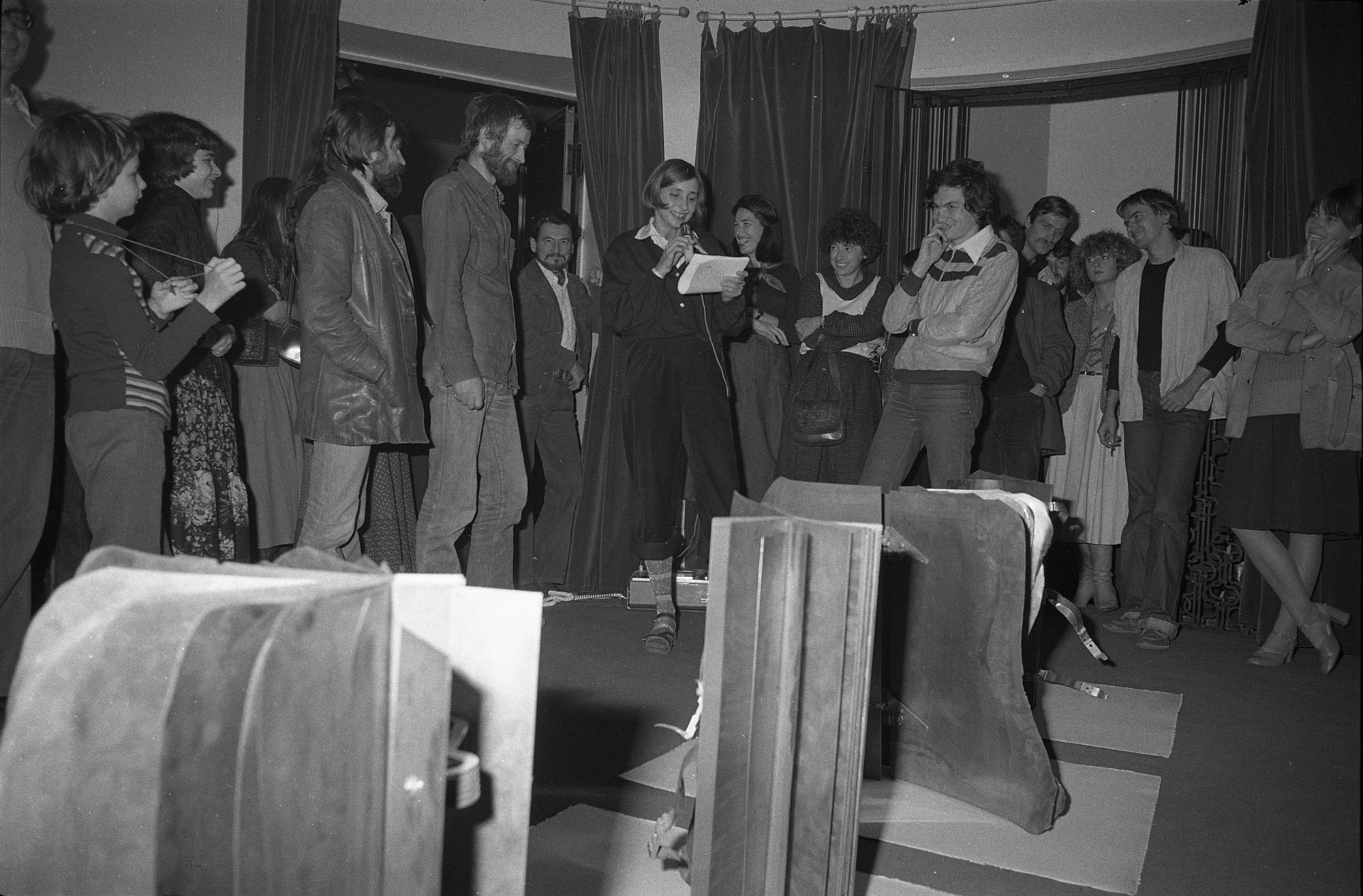
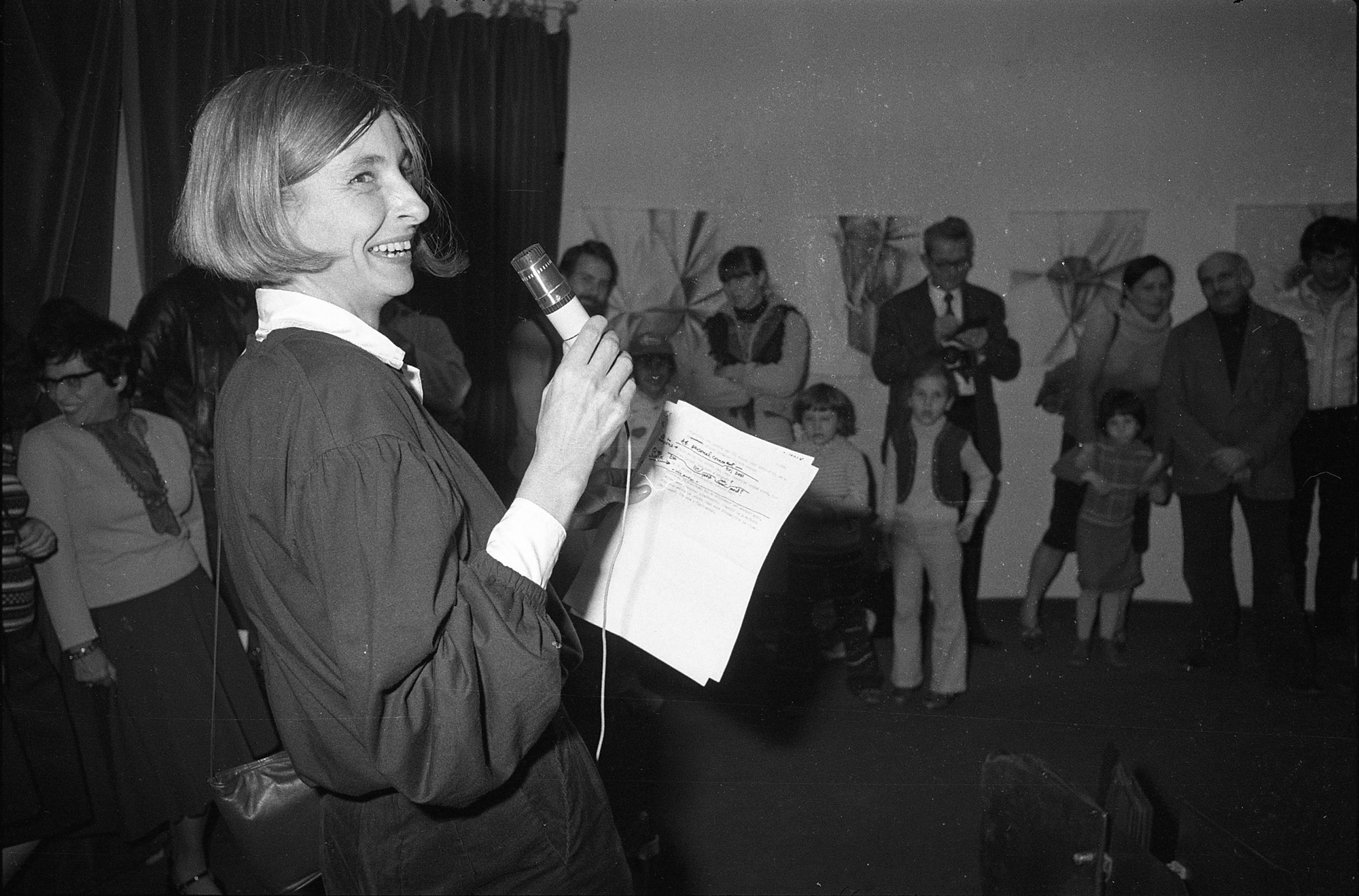
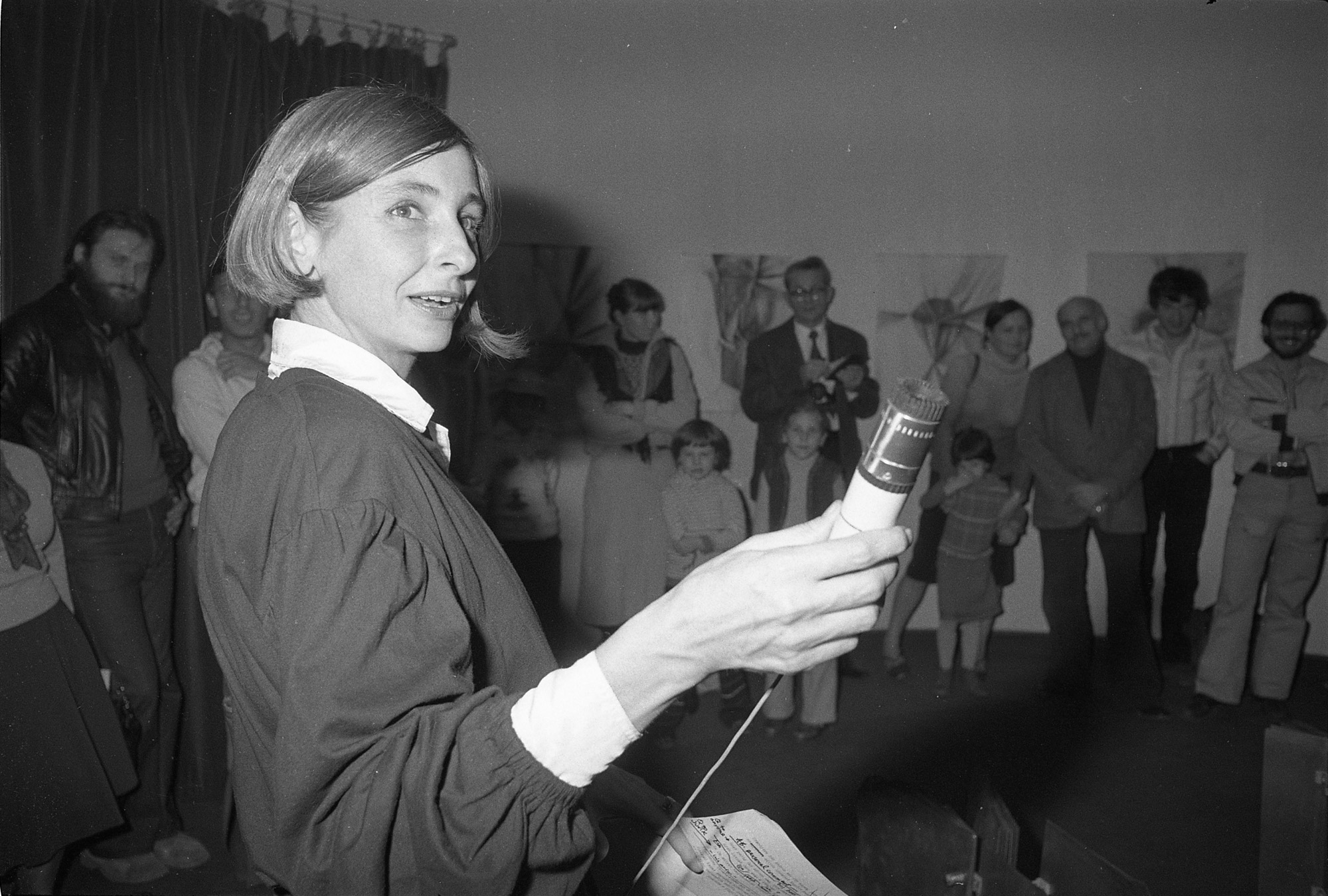
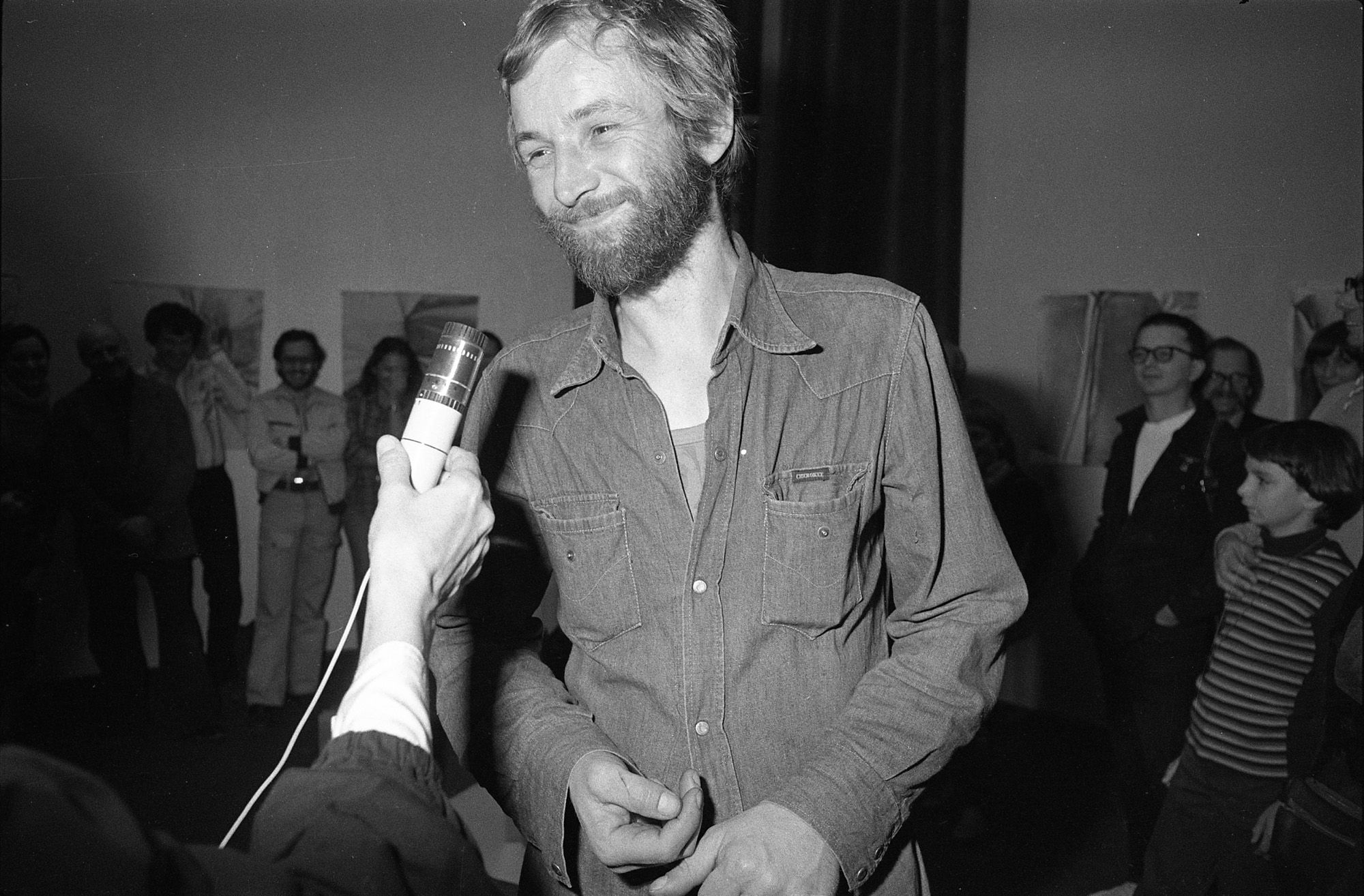
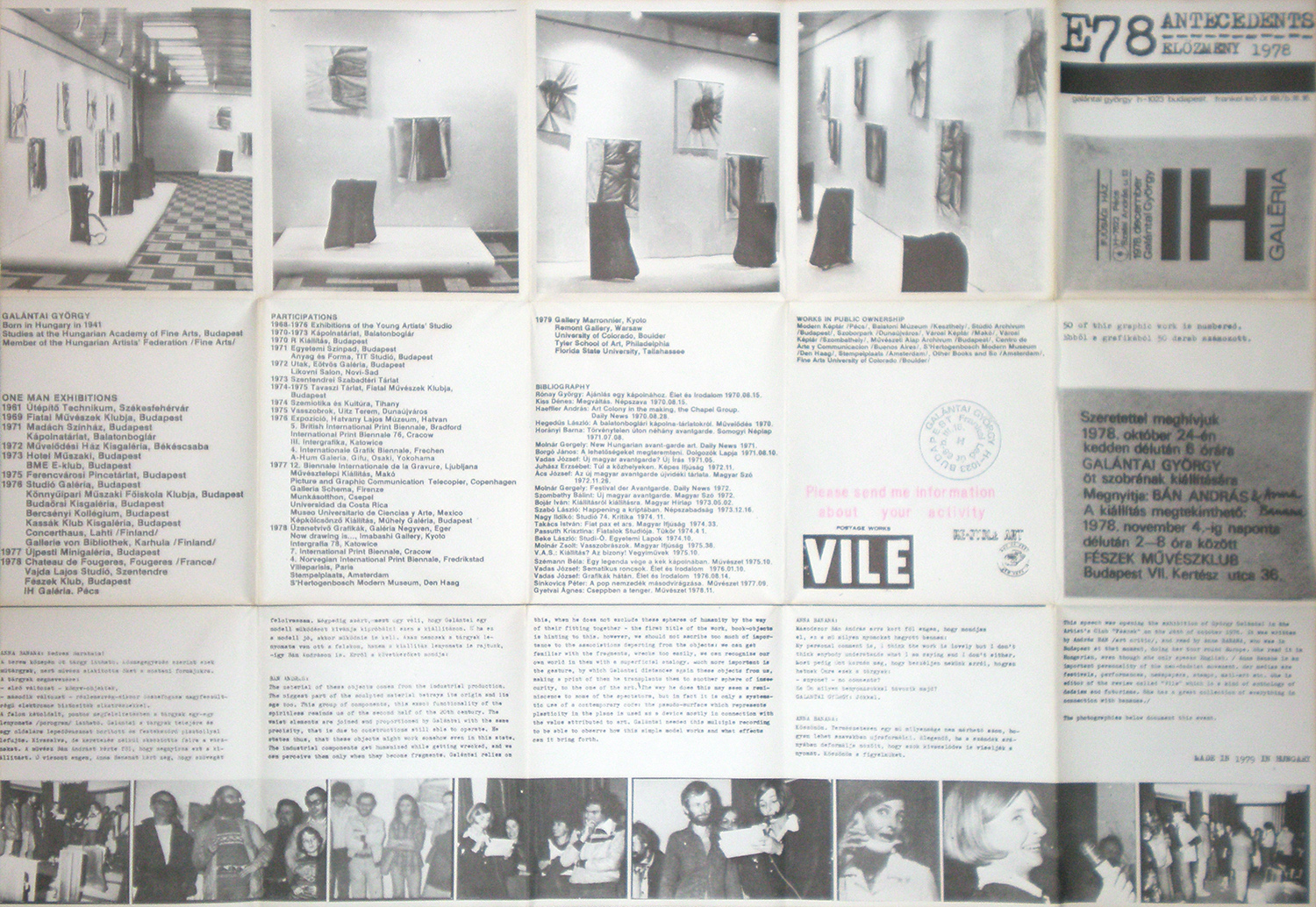
To our great surprise, many understood the message of the leporello, and in response sent us their own valuable informational materials. We received responses not only from Fluxus and Mail Art circles but also from pioneering artists such as Christo and Arnulf Rainer. This signified a remarkable international cultural solidarity, sparked by a sign of artistic life from behind the Iron Curtain, specifically Gyuri Galántai’s exhibition documentation, including Anna Banana’s opening. It was this hitherto inaccessible artistic information sent to us that convinced us to establish an archive and information base.
A privately established and maintained archive seemed to be the only feasible option to continue a cultural operation in the given social and political milieu after the official closure in 1973 of György Galántai’s Balatonboglár chapel studio and the artistic activity it set into motion.
The most important task in launching the new project was choosing an appropriate institutional name. We settled on the internationally comprehensible Artpool. The name-giving was based on the concept of the genetic pool from my biology studies (reinforced by the Komjádi swimming pool visible from our flat’s window), prefixed, of course, with Art in line with György Galántai’s art research work and the information we planned to collect. After this, we could start making the advertising postcards.
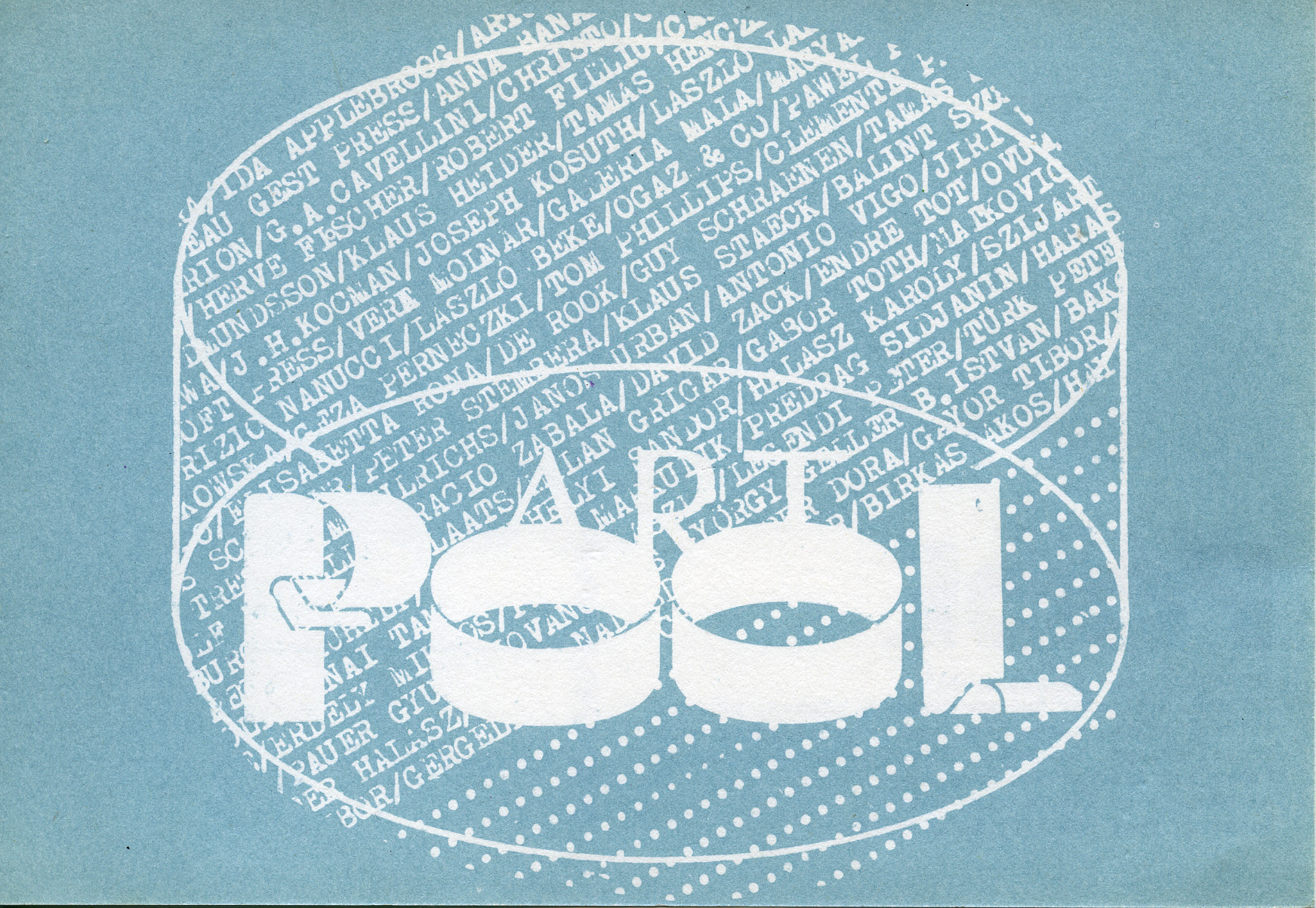
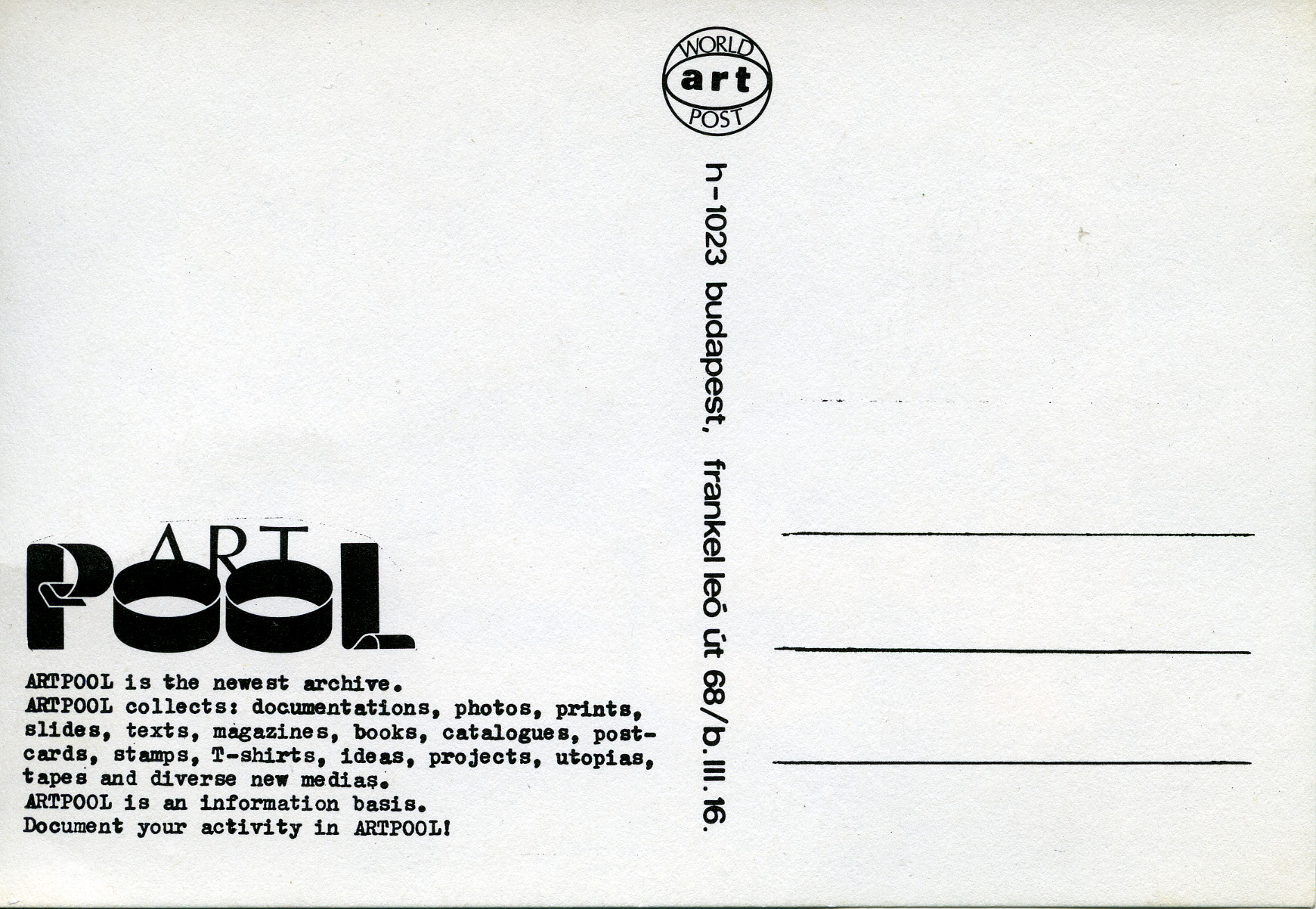
Who would have thought that a chain of coincidences, thanks to which we met Anna Banana, was to lead to the founding of Artpool, marking the beginning of nearly half a century of artistic collaboration with her.
We remember Anna Banana by revisiting the most important episodes of our collaboration on the next page.